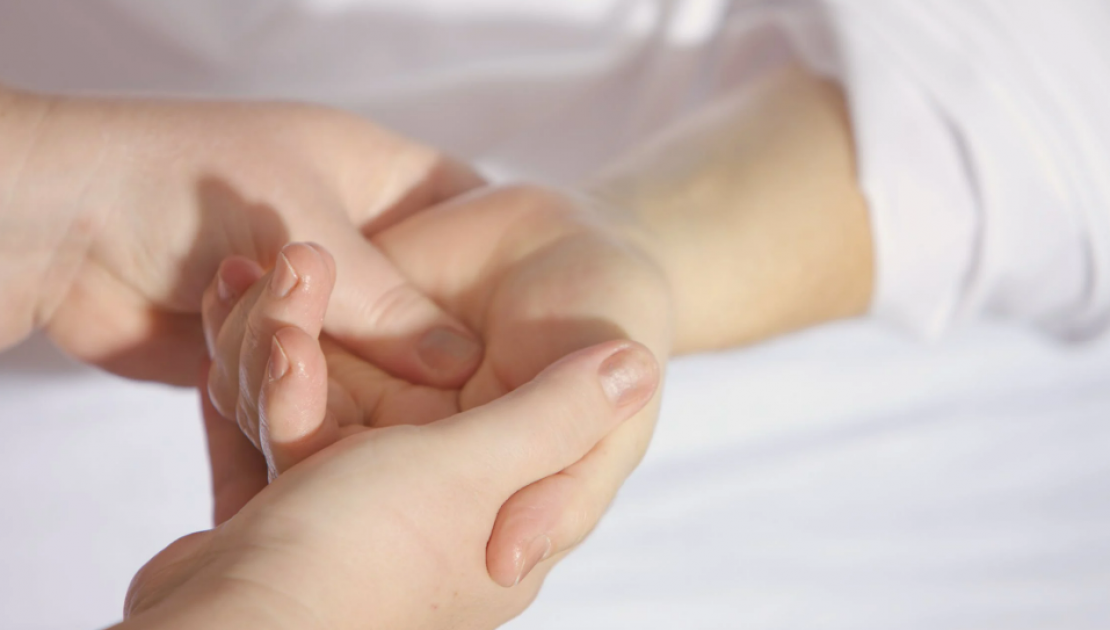

Sprain or Fracture?
Active children are prone to bumps and bruises, or even the occasional sprain or fracture. A sprain/strain involves damage to the ligaments or tendons, whereas a fracture refers to a break or crack in the bone.
How can we tell if a child has a sprain or fracture? We normally look at a few tell-tale signs, such as pain, swelling, loss of power, unnatural movement, tenderness at the site of the injury, deformity and crepitus (unpleasant grating noise of bones rubbing together – ouch!!)

My own two children, have given me plenty of practice at trying to work out if they have a sprain or fracture. I am going to tell you about two separate incidents that I often talk about in our 2hr baby/family first aid classes.
Firstly, I am going to tell you about my daughter, who was at gymnastics. Not long after dropping her off, I got a phone call to say she had sprained her wrist while doing a low impact move. I went to pick her up, and brought her home, where I examined her wrist a bit more. What was I seeing? It was slightly swollen, and her range of movement seemed pretty good. Nothing was looking out of place, and there was no bruising. She was in a bit of pain, and there was a tenderness in one particular spot. Do I take her to get it x-rayed, or wait until the morning to see if it was a bit better? I wasn’t overly concerned, but something was niggling at the back of my mind, so I decided to take her to our local Minor Injuries Unit for an x-ray.
I am SO glad I did, otherwise I’d be feeling like a really bad mum! The x-ray showed that the radius (one of the bones in her forearm) was broken, and not sprained as I had thought! A wrist splint, some painkillers, a little bit of feeling sorry for herself, (fixed by vast amounts of chocolate), and she was well on her way to recovery.
The next story involves my son. He is a keen rugby player, so we are used to regular bumps and bruises! This particular day was awful – it was wet, cold and windy (typical Saturday morning weather during the rugby season in Scotland!) My son was tackled towards the end of the match, put his hand out to break his fall, and “crunch”, he heard something that didn’t sound good. His wrist was swollen, very tender, he had a lack of movement, it was slightly bruised and he was in a lot of pain. Off we went to Minor Injuries (again!) as we were pretty certain something was broken. The doctor was also pretty convinced it was broken, and sent him for an x-ray to see what was going on. Wow … not broken came back the report to everyone’s astonishment! It was a very bad sprain.
So, the take home message from this is … in most cases, you really can’t tell if a child has a sprain or a fracture without getting an x-ray.
The immediate first aid for treating a child with a potential fracture is to support/immobilise the injury so that they are comfortable. A great way to immobilise an arm is to turn up the bottom of a child’s t-shirt/jumper, and you have a ready-made sling without causing too much discomfort. It can also help to put a cold compress on the area to reduce swelling (if using an ice pack make sure you wrap it in something like a tea towel).
Having worked Clinical Scientist specialising in microbiology for the NHS for 15 years, as well as being a mum to two children, Daisy First Aid’s Kirsty writes this weeks blog post on tell tale signs of sprained or fractured bones and the important first-aid steps you should take if you suspect your child is suffering from either of them.
Find out more about Daisy First Aid’s award winning classes on their website – https://www.daisyfirstaid.com/